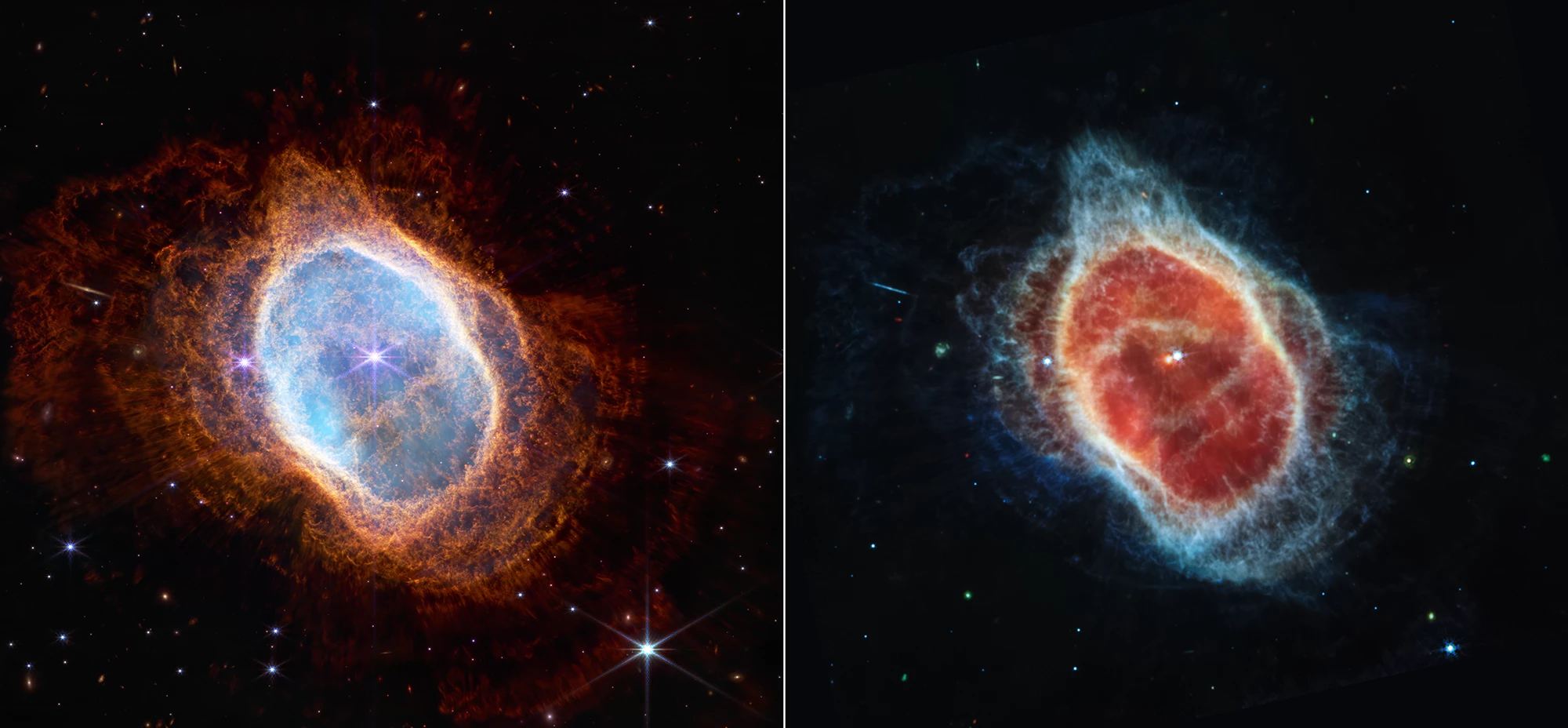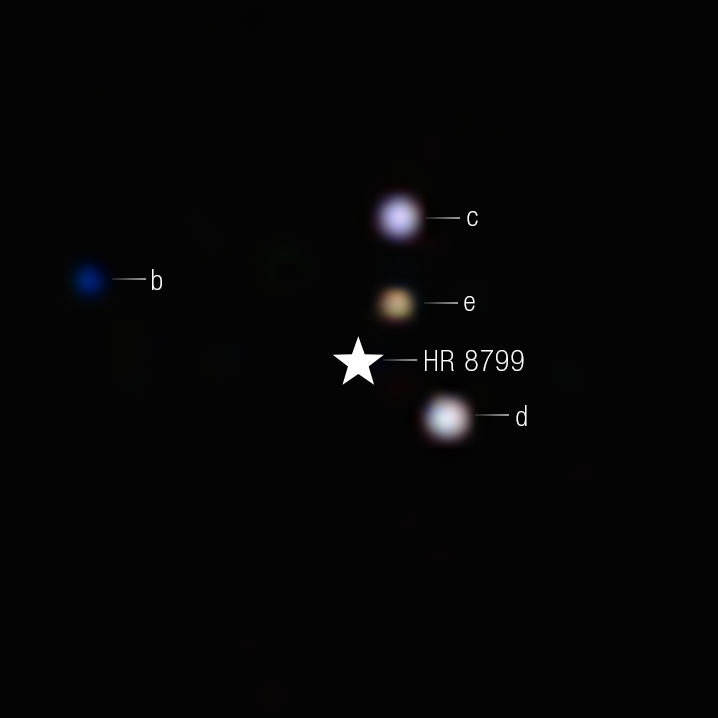- Be sure to attend the mini reunion in Hanover on Green Key weekend, May 17 – 19, 2024. Here’s the schedule of events. Email John Engelman if you plan to attend the dinner where the Give a Rouse awards will be presented.
- Check out the report and photos of the 2024 Big Sky Montana western ski trip mini reunion.
- Video minutes of the March 30, 2024 Arts Legacy Committee meeting are available.
- Warren Cooke reports on his trip to a remote area in Panama in search of the Harpy Eagle. Don’t miss Warren’s great story and accompanying photos.
- There are many new additions to the D’68 author’s page.
- Minutes from the 10/7/23 Class Committee meeting and the agenda for the 2/10/24 meeting have been posted.
- Minutes from the 2/24/24 Arts Legacy Committee meeting have been posted.
- Webinars news: (1) the March 25 Author’s Workshop was well attended and extremely well received. If you missed, see the recording on the webinar videos page; (2) we have a full summer 2024 schedule. The first of the summer series, Peace Corps, date has been set.
- Looking back: while preparing the website conversion discussed below, I had occasion to review the virtual art show presented at our 50th reunion. I highly encourage you to view the show presenting the work of some of our incredibly talented classmates and their spouses. Pro tips: (1) before watching an individual’s presentation open their artist’s statement to see details about each photo; and (2) each presentation is accompanied by music. You must click the play pause button below the photos to start the music since your browser is almost certainly set to NOT automatically play sound when you open a web page. ENJOY!
- The conversion to the new class website platform has begun. The first thing you’ll notice is that site navigation has changed significantly. The menu on the left side of the screen will disappear as I convert major website sections like News, Events, etc. The menu will now be located on the top of the screen and will only give you access to the major sections. The top page for each section will contain links to sub-pages within the section. Only Featured Site Links on the Home page will take you directly to specific sub-pages. After navigation on the old site is converted, you’ll begin to see new pages based on WordPress, the new class website platform. I’ll share more as progress continues.




